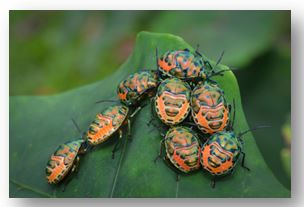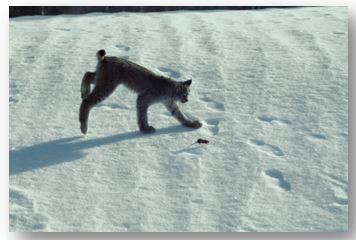Assignment:
Part I: Case Scenario 1:

There are two types of beetles on the island of Arcandia – beetles that eat during the day (diurnal) and beetles that eat only at night (nocturnal). The birds on Arcandia seem to ONLY eat the diurnal beetles. During the day, the nocturnal beetles are inside the trunks of trees, escaping predation. In the springtime, each surviving female beetle lays about 500 eggs on the bottom side of the tree leaves, but only 100 of these eggs survive long enough to reproduce.
Q1. Identify the types of variation in this beetle population, and which beetles were selected for (natural selection is acting in their favor), and which were selected against(natural selection is acting against their favor) in the space below. Explain how you made this determination.
Q2. Determine which beetle type is most fit in its environment, and explain your choice using what you know about natural selection in the space below.
Q3. Predict how the beetle population will change over time, and explain how natural selection is working in this population of beetles in the space below.
Part II: Case Scenario 2:

In this scenario, there are two different colors of mice. Some mice are white in color, while others are dark brown. The main predator of the mice is the lynx. The lynx is able to catch about 80% more of the darker mice than the white mice because the white mice are better camouflaged. Each female mouse (white and brown) produces about 35 offspring per year.
Q1. Identify which mice were selected for, and which were selected against, and explain your choices in the space below.
Q2. Explain what would happen if the environment were to change, becoming warmer, and the snow melted in the space below. Describe how this would change which mice were selected for and against.
Q3. Predict how the mouse population will change over time, and explain how natural selection is acting on that population in the space below.
Your answer must be, typed, double-spaced, Times New Roman font (size 12), one-inch margins on all sides, APA format.